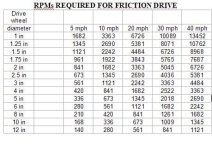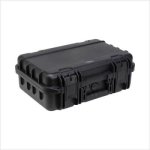Fixed cogs that bolt to the ISO 6-hole disc brake mounts. These are useful for using a bicycle hub or a hub-motor as a jackshaft or a mid-drive. Various steel and aluminum styles with tooth-counts in some styles as low as 15T and as high as 22T. This site also has disc-brake spacers. from England, price at this time is 19-GBP
http://www.velosolo.co.uk/shopdisc.html
Here the similar "Tomicog" from the USA, which is originally designed to allow a rear wheel to be flip-flopped so the disc brake side becomes a fixed-gear with 16T/17T. Stainless steel, price is $35
http://tomicog.blogspot.com/
xxxxxxxxxxxxxxxxxxxxxxxxxxxxxxxxxxxxxxxxxxxxxxx
A "track cog" can also be found that has a threaded bore, with a freewheel standard 1.38 X 24 threads, with tooth-counts from 12T-22T.
http://www.ebay.com/itm/Track-Cog-1...Cassettes_Freewheels_Cogs&hash=item3383bbcbb3
13T-20T threaded cogs are very easy to find from a variety of suppliers. 12T and 22T are rare but findable. I have only found a single supplier of 24T threaded cogs.
http://www.ebay.co.uk/itm/track-pista-cog-campagnolo-fixed-14t-15t-16t-17t-18t-19t-20t-21t-22t-24t-NEW-/221250241911?ssPageName=ADME:L:OU:US:3160
Surly has dual threaded cogs, with tooth-counts of 17T/19T, also 17T/20T, and 17T/21T.
xxxxxxxxxxxxxxxxxxxxxxxxxxxxxxxxxxxxxxxxxxxxxxxxx
Individual cogs can be found with tooth-counts of 12T-22T with a bore that is splined for the common Shimano freehubs. If you pull sprockets off of a splined cassette cluster, the tooth-counts can be found as high as 36T.
http://www.wiggle.com/surly-13t-to-16t-cassette-cogs/



















